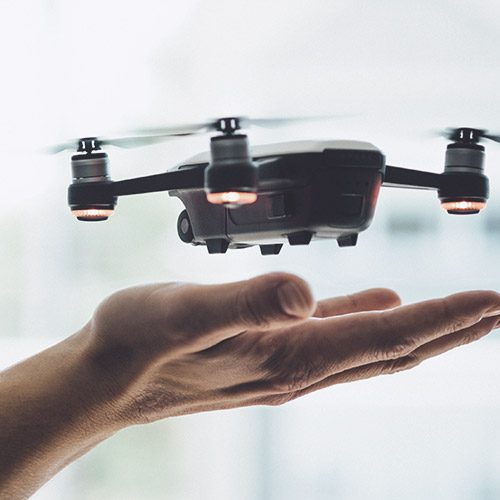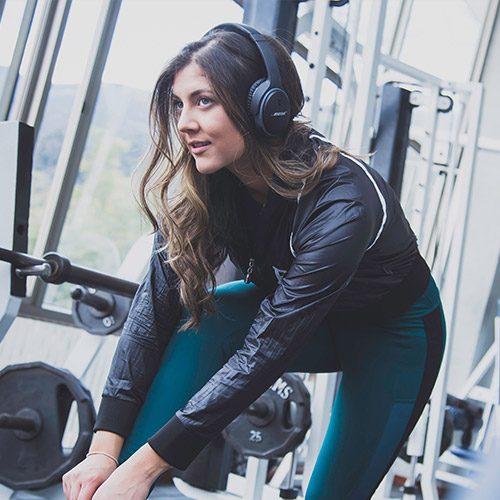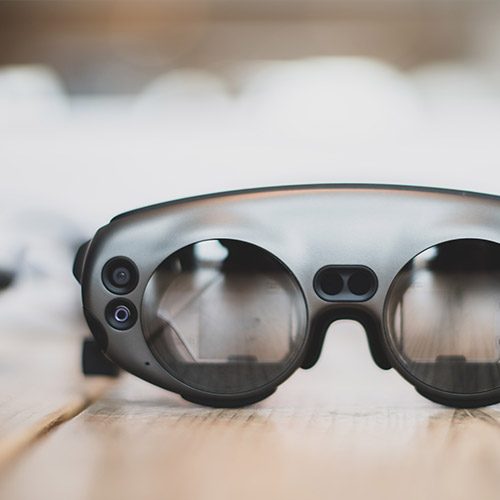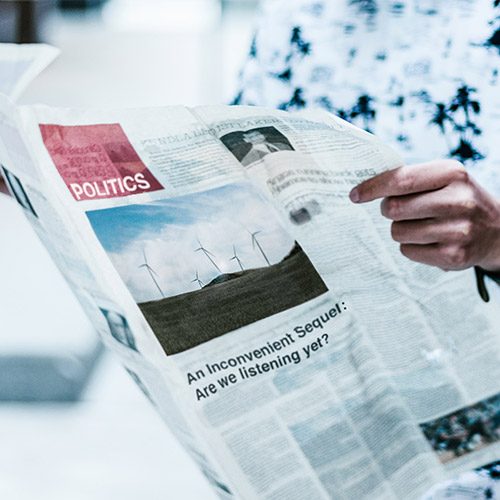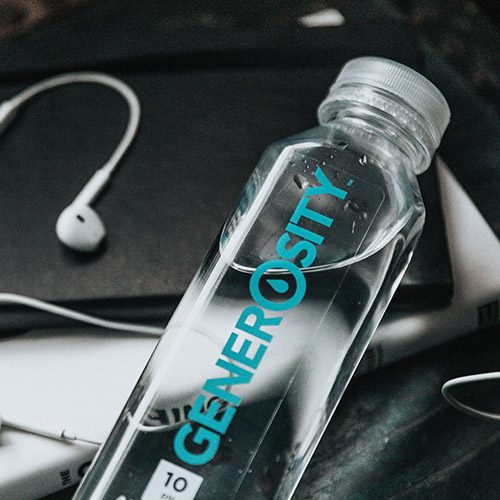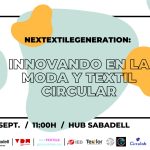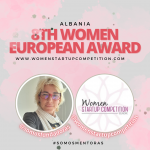Sustainability as a goal
How to get there? First thoughts of living sustainably.
What do we all want? Of course, people dream about different things. But if I was about to conduct a survey and ask this question almost 8 billion people, living on the same planet as you, there would be a lot of things in common despite cultural, educational, religious differences. People everywhere want safety, freedom, prosperity, opportunity for doing favorite work, clean water and air, enough food to live, moderate and stable climate, etc. The list is very long but I bet you, who is reading this, agree – there are a lot of interconnections.
The sooner we realize that we all are part of the same community with the same goals, the better for our own and shared future. There are people with brilliant ideas, and people who can help implement those plans, and people who could participate and help growing businesses which are serving the planet. The most important that we all should play in one team. Otherwise, the work that is being and will be done for saving nature doesn’t make a lot of sense.
Sustainability
One of the most disseminated words. There is no person alive who wouldn’t hear that at least once. Why? Because we should live sustainably. That means, according to the classical definition, we must meet our needs without compromising the needs of generations to come. (“…development that meets the needs of the present without compromising the ability of future generations to meet their own needs.” Brundtland Report, 1987) To live that way, we need to “customize” our reality: economy and society, so it would fit with the natural capital. There are always 3 components of sustainable development – SEE: S stands for society, E stands for environment, and the other E – for economy. The setting of a new routine is a long process. It won’t happen tomorrow. As an example, maybe by 2030, the year by when EU agreed to halve CO2 emissions, we will notice some changes in economy, energy sector, societal behavior. Environmental component in the given equation SEE is the most important one, since a functioning ecosystem is the base for S and the other E. We can’t accept tradeoffs between environmental and economic parts. We don’t know what the consequences of damaged ecosystem will be in a long run. But the development of the whole world (especially in developing countries) is based on what is created by humans – economy and society. So called weak sustainability, when substitutes for components of development are allowed at any form without limits. Whereas strong sustainability, without compromising natural resources, is needed to be established.
Look at any natural system. Small or huge. A plant on your window. It has leaves, stems, roots. Each of the named parts has its own complex structure. Together they function as one whole organism, using the same resource “reservoir”, reacting to what is happening around. If there isn’t enough light, your plant tries to turn to sunlight as much as it can or it stops growing. If you would break the stem which could help it to turn around, or leaves that have special cells – chloroplasts – for photosynthesis, your plant would survive but it would perhaps become smaller and then, when it restores own resources, it would grow again. Why? Because the system (the plant) is self-sufficient and efficient. It decides what to do upon available resources and own capacities – to spend energy on growing a flower or to open/close stomata depending on the conditions (dry/wet) or temperature. It doesn’t and it can’t rely on an unknown or a very small number of resources. And for some reason, humans do. We burn coal and gas, enriching economic and societal sectors, and at the same time, damaging ecosystems. Perhaps, we hope it will self-restore. And it could recover on its own if we would not aggravate environmental state more and more.
That is the idea of sustainable development itself. When building a house or ploughing soil, the first thing to think about must be the nature, ecosystems. If we decide to proceed, then the second thought should be about the possible consequences of what we’re going to do. And if those effects are dire, we must return to the plan and change it in a way nature can withstand our idea. Same agenda must be used in your everyday life. Do you really need to buy those shoes, or can you repair the old ones? Do you buy more food than you need and then throw it away? Do you go to work by public transport or by car? There are a lot of things to learn and practice every day to make a difference. In the following posts we will tell you more about those, and about sustainable projects that change the world to the better.
Victoria Zueva

